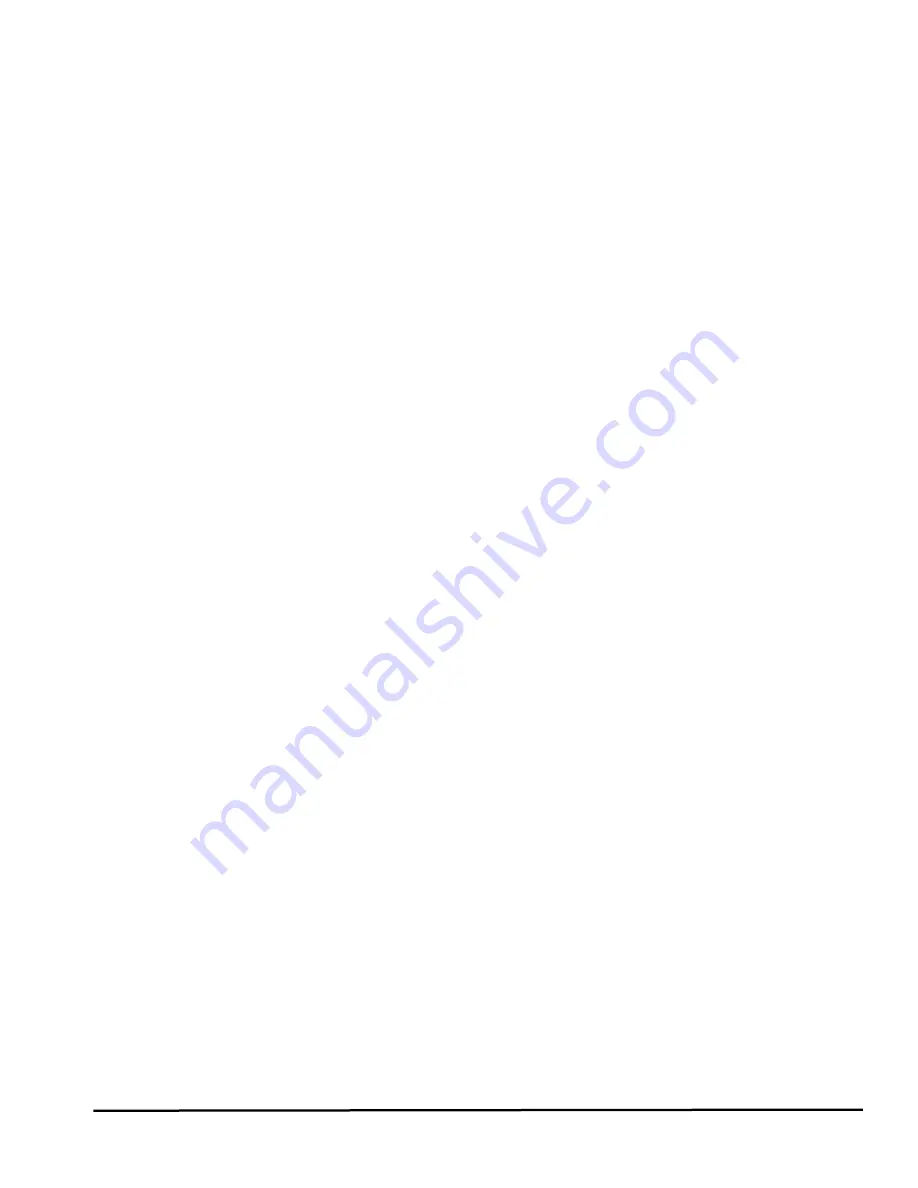
bypass the effect. If no LED is lit, the effect is bypassed. To access the Mod/Pitch Level on the JM60, press and hold
the Select button. While still holding the button, begin turning the Select knob. Release the Select button and now
you can adjust the currently selected Mod/Pitch effect level to your liking. Press any button to exit.
6) Delay Select-
This button will select the type of delay module being used. Each press of this button will select a new type of
delay module. The delay types include Analog, Delay, and Ping Pong. The LED next to the currently selected
delay type will light as this button is used. Pressing and holding this button will bypass the Delay effect. If no LED is lit, the
effect is bypassed
7) Tap It -
This button is used to set the delay time of the delay effect. Tapping this button in tempo with the music will synchronize the
delay repeats with the tempo of the song. Pressing and holding this button will access the Delay Time fine adjust parameter.
Using the Select knob, you can adjust the Delay time in 10ms increments (100 ms when the delay time exceeds 1 second).
Press any button to exit.
8) Reverb Select-
This button is used to select one of the 3 different types of reverb. Each press of this button will select a next type of
reverb module. The reverb types include Hall, Plate, and Spring. The LED next to the currently selected reverb type will
light as this button is used. Pressing and holding this button will bypass the effect. If no LED is lit, the effect is bypassed.
9) Numeric Display -
This two digit display indicates the currently active Bank and Preset. There are 27 user presets and 27 factory
presets in the JM60/JM120 arranged in 9 banks with 3 different presets in each bank. The first digit in the display
will show the bank number and the second digit shows whether channel 1, 2, or 3 is selected. A decimal point in
the lower right hand corner of the display indicates a factory preset is active.
10) Manual -
This button is used to activate the current position of all knobs on the front panel. In other words, the front panel
knob positions will not necessarily reflect the sound of a preset until the Manual button has been pressed. Once
the Manual button is pressed, the sound will correspond to the value of the knobs.
11) Store -
This button is used to store your custom settings to one of the user preset locations. The store button will light when changes
have been made to a preset indicating that changes will be lost if they are not stored.
12) Speed -
In general, this knob will adjust the speed of the modulation effect. However, it is also used to adjust other parameters
depending on the type of effect that has been chosen. See pages 12-14 for a complete list of the parameters controlled for
each type of effect.
13) Depth -
In general, this knob will adjust the depth, or intensity of the modulation effect. However, it is also used to adjust other
parameters depending on the type of effect that has been chosen. See pages 12-14 for a complete list of the parameters
controlled for each type of effect.
14) Level (JM120 only) -
This knob adjusts the volume level of the modulation and pitch shift effect.
15) Delay Level -
This knob adjusts the volume level of the delay effect.
16) Feedback -
This knob will adjust the number of delay repeats.
17) Reverb -
This knob adjusts the volume level of the reverb effect.
18) Select -
This knob is used to change from one preset to another. It will scroll through all available presets in both the user
and factory banks. Once you have scrolled through the user presets it will shift to the factory presets. If you
continue to turn the knob, it will “wrap around” to the user presets again.
19) Power Switch (JM120 only) -
Engages or disengages power.
Section 1 - Introduction
Summary of Contents for Marquis JM120
Page 30: ...25 Appendix ...










































